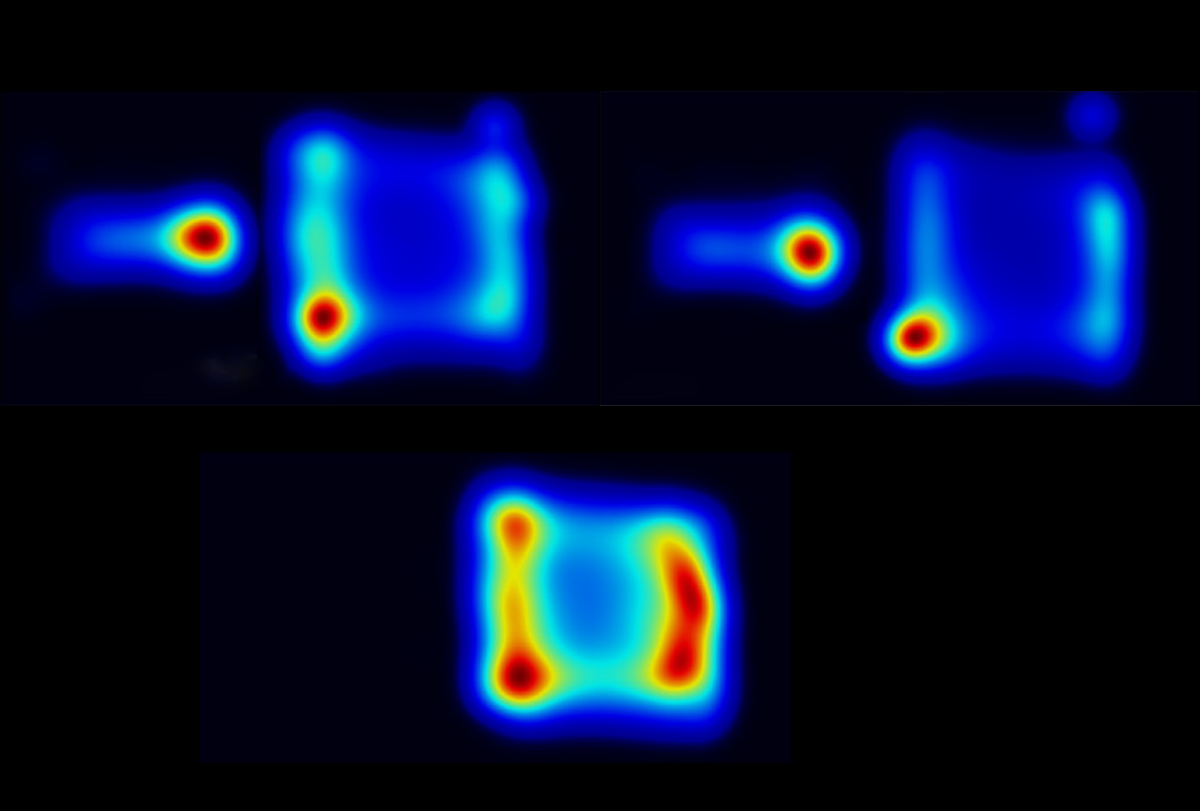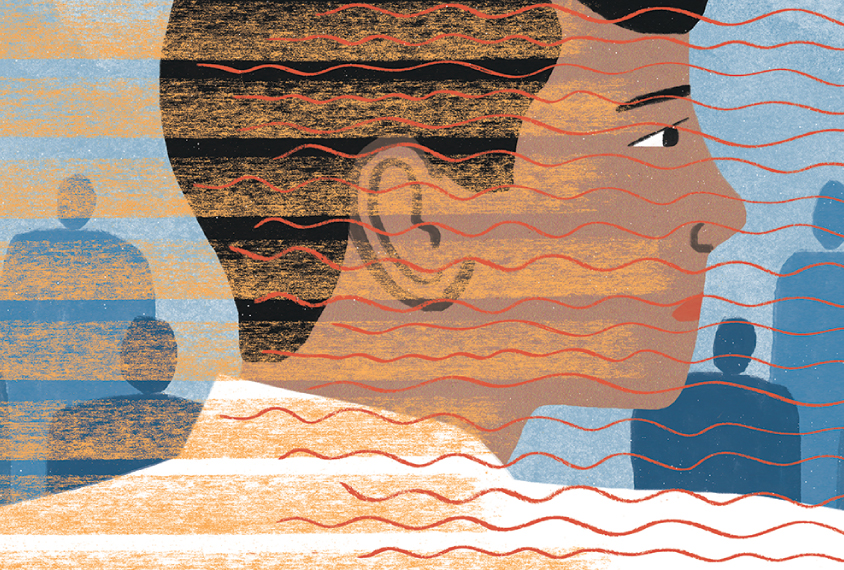Phelan-McDermid syndrome
Recent articles
New test taps nose pokes as a proxy for social motivation in mice
Over one hour, a particularly motivated mouse poked its nose 350 times into a hole in the test chamber in the hopes of meeting a playmate.

New test taps nose pokes as a proxy for social motivation in mice
Over one hour, a particularly motivated mouse poked its nose 350 times into a hole in the test chamber in the hopes of meeting a playmate.
Spotted around the web: Synthetic embryos; Angelman gene therapy
Here is a roundup of news and research for the week of 26 June.
Spotted around the web: Synthetic embryos; Angelman gene therapy
Here is a roundup of news and research for the week of 26 June.
Asleep in the Mouse House with Graham Diering
Memories from Diering’s life trace the rising star’s scientific path from raising lizards as a child and later exploring home brewing to heading a lab that investigates memory, sleep disturbances and early development in animals with autism-linked mutations.

Asleep in the Mouse House with Graham Diering
Memories from Diering’s life trace the rising star’s scientific path from raising lizards as a child and later exploring home brewing to heading a lab that investigates memory, sleep disturbances and early development in animals with autism-linked mutations.
Visual response shows promise as biomarker in autism-linked condition
Brain responses to visual stimuli are smaller and weaker in children with Phelan-McDermid syndrome, an autism-linked genetic condition, than in non-autistic children.

Visual response shows promise as biomarker in autism-linked condition
Brain responses to visual stimuli are smaller and weaker in children with Phelan-McDermid syndrome, an autism-linked genetic condition, than in non-autistic children.
Neural network captures noisy neurons in autism mouse model
Mice missing the autism-linked gene SHANK3 use more neurons to engage in social behavior than control mice do, reflecting a more disorganized, less efficient brain signaling network.

Neural network captures noisy neurons in autism mouse model
Mice missing the autism-linked gene SHANK3 use more neurons to engage in social behavior than control mice do, reflecting a more disorganized, less efficient brain signaling network.
Brain ‘assembloids’ capture circuit flaws in syndrome tied to autism
Merging 3D clusters of neurons that mimic different brain regions models the atypical electrical activity seen in an autism-related condition.
Brain ‘assembloids’ capture circuit flaws in syndrome tied to autism
Merging 3D clusters of neurons that mimic different brain regions models the atypical electrical activity seen in an autism-related condition.
Some motor problems in autism may arise from cells outside brain
The autism gene SHANK3 is crucial for the development and function of muscles and the motor neurons that control them.

Some motor problems in autism may arise from cells outside brain
The autism gene SHANK3 is crucial for the development and function of muscles and the motor neurons that control them.
The blurred line between autism and intellectual disability
Doctors often conflate autism and intellectual disability, and no wonder: The biological distinction between them is murky. Scientific progress depends on knowing where the conditions intersect — and part ways.

The blurred line between autism and intellectual disability
Doctors often conflate autism and intellectual disability, and no wonder: The biological distinction between them is murky. Scientific progress depends on knowing where the conditions intersect — and part ways.
Sensory sensitivity in autistic people may stem from subset of neurons
Mice missing an autism gene called SHANK3 tend to be hypersensitive to touch, which may stem from underactivity of neurons that normally dampen sensory responses.

Sensory sensitivity in autistic people may stem from subset of neurons
Mice missing an autism gene called SHANK3 tend to be hypersensitive to touch, which may stem from underactivity of neurons that normally dampen sensory responses.
New family group pursues treatments for autism-linked syndrome
After a decade of working with the Phelan-McDermid Syndrome Foundation, Geraldine Bliss has co-founded a new organization to develop therapies for the condition.

New family group pursues treatments for autism-linked syndrome
After a decade of working with the Phelan-McDermid Syndrome Foundation, Geraldine Bliss has co-founded a new organization to develop therapies for the condition.
Explore more from The Transmitter
Xiao-Jing Wang outlines the future of theoretical neuroscience
Wang discusses why he decided the time was right for a new theoretical neuroscience textbook and how bifurcation is a key missing concept in neuroscience explanations.
Xiao-Jing Wang outlines the future of theoretical neuroscience
Wang discusses why he decided the time was right for a new theoretical neuroscience textbook and how bifurcation is a key missing concept in neuroscience explanations.
Memory study sparks debate over statistical methods
Critics of a 2024 Nature paper suggest the authors failed to address the risk of false-positive findings. The authors argue more rigorous methods can result in missed leads.

Memory study sparks debate over statistical methods
Critics of a 2024 Nature paper suggest the authors failed to address the risk of false-positive findings. The authors argue more rigorous methods can result in missed leads.
Attention not necessary for visual awareness, large study suggests
People can perceive some visual information even if they do not pay direct attention to it.

Attention not necessary for visual awareness, large study suggests
People can perceive some visual information even if they do not pay direct attention to it.